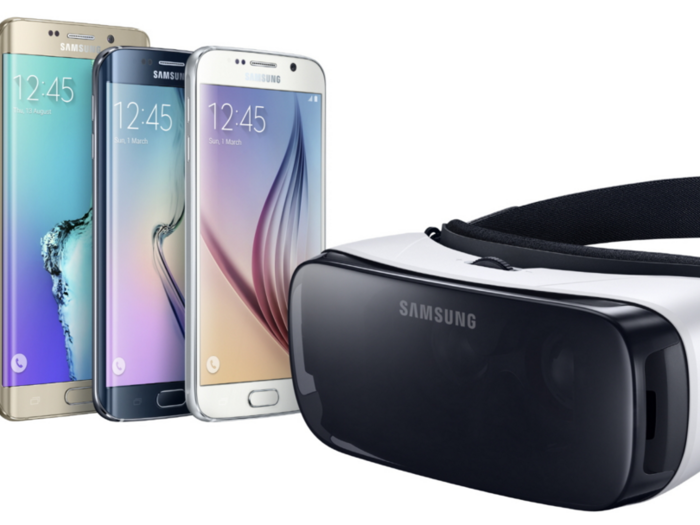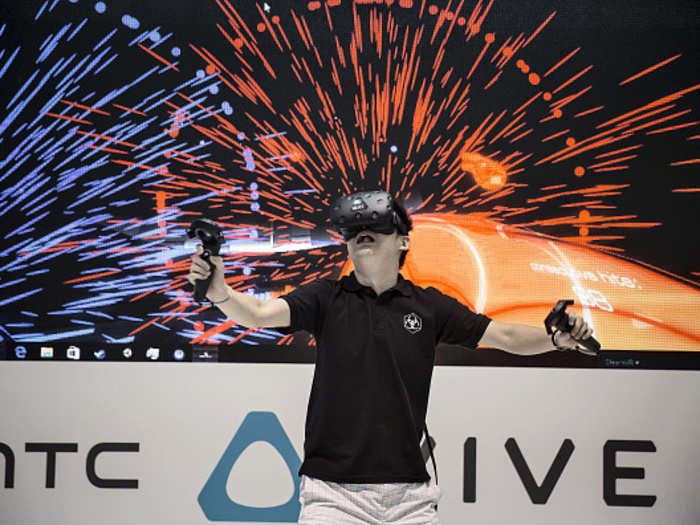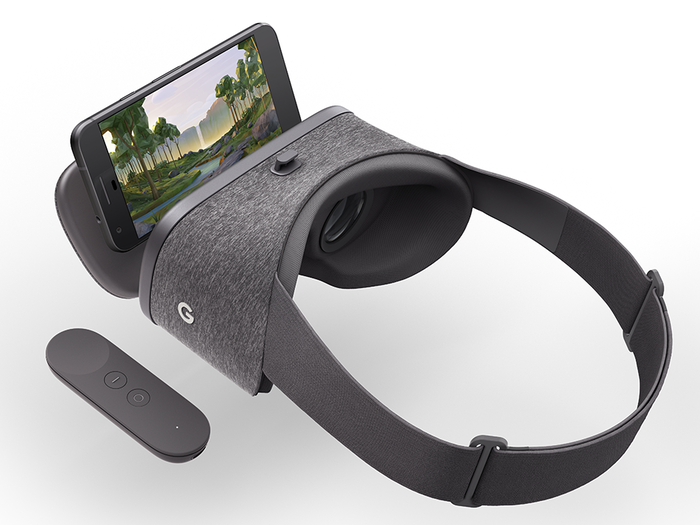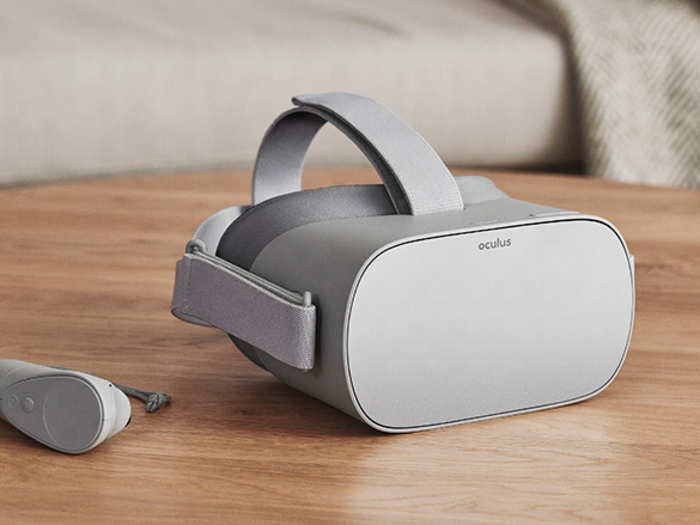- Home
- slideshows
- miscellaneous
- How to pick out the best VR headset for you, even if you've never experienced VR before
How to pick out the best VR headset for you, even if you've never experienced VR before
IF YOU'RE ON A TIGHT BUDGET

IF YOU'RE JUST GETTING STARTED, OR LOOKING FOR AN ON-THE-GO HEADSET

On the first rung of true VR experiences, you'll find mobile headsets like the Samsung Gear VR, and the Google Daydream View, starting around $100. Both devices offer impressive graphics and a very intuitive single controller, which you'll use to point to objects in space, move through the menus, and play games.
The Gear VR is compatible with all of the Samsung Galaxy smartphones since the Galaxy Note 5. The Daydream can support all of the Google Pixel and Pixel 2 phones, as well as the Samsung Galaxy S8 and Galaxy S8+, Zenfone AR, LG V30, Moto Z, Z Force and Z2 Force, Axon 7, Mate 9 Pro, and the Huawei Porsche Design Mate 9.
While both headsets offer a great starting experience, they're limited to "stationary" VR, meaning they're intended to be used while sitting or standing in one place. This limitation prevents them from being truly comparable to the top-shelf headsets.
IF YOU WANT FULL IMMERSION

Not all VR headsets offer equally immersive experiences. The top-tier kits like the HTC Vive and Oculus Rift come with two controllers (one for each hand) and have room-scale location-tracking technology that mimics your real-life movements like walking around the room, in the virtual space.
While the more basic headsets can give you the feeling that you exist as a floating head in VR, the high-quality kits feel much more natural because they help to create a believable virtual body for the user.
However, since these VR headsets require pretty powerful processors and a high-speed internet connection, the best devices on this list are also the most expensive. The HTC Vive starts at $500, while the Oculus Rift + Touch (the newest Oculus model) starts at $400. The PlayStation VR is a great console-focussed alternative that also offers room-scale tracking and two optional controllers, starting at $300.
Important note: These prices do not include the costs of the computers and game consoles that are required to power the headsets. The HTC Vive and Oculus headsets require a complementary "VR-ready computer," with an Intel Core i5-4590 or greater, along with a GTX 970 or AMD R9 290 graphics card, plus at least 4GB of RAM. So far, the PlayStation VR headset is really only compatible with PS4. Although it can be hooked up to a PC and an Xbox, the headset's functionality will be very limited in those circumstances.
IF YOU'RE GOING FOR COMFORT

Strapping a heavy piece of plastic with a bunch of wires coming out of it to your face isn't particularly comfortable, especially for those of us who wear glasses.
The HTC Vive, arguably the best VR headset on the market, is by far the heaviest. It's also particularly cumbersome because of the thick cable that runs down the back of the headpiece to your desktop, creating a really unfortunate tripping hazard.
The Google Daydream View is one of the softest, most lightweight options, and an excellent budget alternative to the top-shelf kits for the people who really value high-quality optics. The Daydream is mostly covered in soft fabric, so it won't leave an indent in the skin around the eyes like many of the plastic headsets do. Plus, it is entirely wireless unless you choose to plug in wired headphones.
For the record, most VR headsets can be worn with average-sized glasses, and nearly all come with a wheel that allows the user to adjust the focus to comfortably match their eyesight.
And while some headsets, like the Daydream, are easier to wear for longer periods because they are lighter and softer, nearly every VR company recommends taking at least a 5-minute break for every 30 minutes spent in VR.
IF YOU'RE WILLING TO WAIT

We're only four months into 2018, but this year is shaping up to be a very exciting time for VR enthusiasts. Almost every major VR brand has offered huge price drops for their products in the last six months, and there some really exciting new headsets in the works that will definitely be worth the wait.
The HTC Vive Pro (Starting at $800) is available for preorder and is very likely to become the best headset on the market with the most applications, highest resolution optics, and best room-scale tracking. HTC's website for the Vive Pro says the headsets are going to ship in April.
Meanwhile, the Facebook-backed Oculus Go was announced in January, and will be the first true standalone VR headset, meaning it won't require a smartphone or even a wired connection to a computer. The Oculus Go will start at a surprisingly low $200, and is expected to be released for consumers in this summer.
Popular Right Now
Popular Keywords
Advertisement